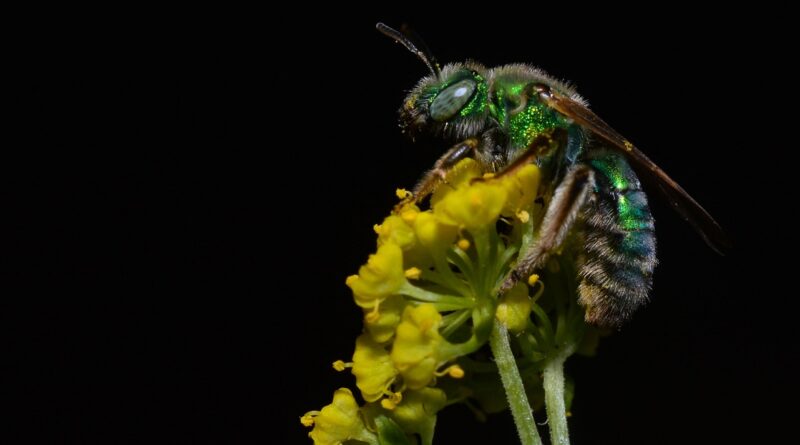2 Million Blossoms, Umpteen Million Seeds
Podcast: Play in new window | Download (Duration: 1:58:04 — 56.4MB)
Subscribe: Apple Podcasts | Spotify | Android | iHeartRadio | Podchaser | Email | TuneIn | RSS | More
(January 17, 2021) We’re only two weeks into 2021, but this might be a good time to think seriously about what you want in your garden this year. It might be 2 Million Blossoms but if you want umpteen million seeds, you’d better get that order in now.
Umpteen Million Seeds
As we’ve been reporting for several months now, 2020 was a banner year for new gardeners. Even Google searches of gardening went up last year. And all indications are that those folks intend to keep gardening this year.
…research, conducted by the Minneapolis-based firm Axiom Marketing, found that 86% of homeowners plan to continue gardening in 2021. Nearly 40% of those surveyed say they will plant about the same as last year, with 47% say they will be planting more and expanding their garden spaces next season.
Many homeowners surveyed said they were gardening in 2020 because it gave them something to do while stuck at home during the pandemic, provided a source of exercise and helped to cope with stress. But, overwhelmingly, most were gardening to add beauty in their lives.
All of that means that, just like last year, there will be a run on seeds and plants. Actually, I know about that first hand because we started ordering seeds in the past week, and some companies are already out of certain varieties of vegetable seeds.
Roger Hartwell is Director of Marketing and Communications for Seed Savers Exchange. The organization “stewards America?s culturally diverse and endangered garden and food crop legacy for present and future generations.” They advocate collecting, regenerating, and sharing heirloom seeds, plants, and stories. Hartwell writes,
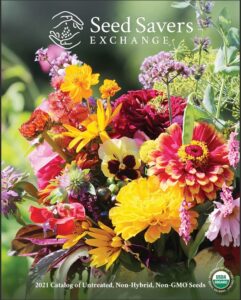
The challenges for 2021 are pretty similar to those that we faced in 2020 except this time we knew they were coming. Current web traffic to the Seed Savers Exchange website is anywhere from 2 to 3x higher than it was on any given day in Jan 2019. Order volume is up and as our website states, we have at least a 2-week delay in getting orders out but we are shipping about as many orders as we have new orders coming in. In other words, we are keeping up with orders, and the delay we do have stems from the holidays. Hopefully, overall the delay decreases but orders generally pick up as we get closer to warmer months so I’m not sure what February and March could hold.
Hartwell joins us on today’s show. Ahead of our Sunday conversation, I asked if he had any advice for folks who will soon be ordering seeds.
Really the best thing you can do is order early, relax and understand that some things are probably going to sell out quicker than other items. Generally, we try for a 3 to 5 year supply of any given variety when we do a grow out. The high demand from 2020 and its continuation into 2021 have disrupted those cycles causing us to run out of some varieties sooner than expected. We were able to get some of those items into production in 2020 but not all of them and more are planned for 2021. So if your favorite tomato is missing from this year’s catalogs, there is a good chance it will be back in for the 2022 catalog. Though it won’t help if you are trying to place an order now, learning to save some of your own seed from this year’s garden will help you in your garden planning in the future and you won’t have to worry about shipping delays or sold out messages for a variety.
Hartwell reminds us that when Diane Ott Whealy and Kent Whealy started SSE in 1975 in Decorah, Iowa, it was about creating a network of gardeners interested in preserving heirloom varieties and sharing seeds. Today, that network includes 13,000 members and 20,000 plant varieties.
If I had to pick the one thing that I think people are missing out on right now is our Yearbook and Exchange site. The Exchange is our digital version of the Yearbook which is our gardener to gardener seed swap. It includes over 20,000 lists from home gardeners around the country by people wanting to provide other gardeners with seed for the cost of postage. Some of the varieties listed on the exchange are also ones you can find in catalogs, including ours, but there is also a large portion of varieties that have been created by home plant breeders or are family heirlooms. It’s important to mention that many home gardeners have a limited supply of seed that is much smaller than many seed organizations keep, such as SSE. So supplies in this area are limited but you can find some really neat things that could become a new favorite.
Also on today’s show is Petra Page-Mann from Fruition Seeds. If that sounds familiar, it’s because she visited us in August of 2020 to talk about the company she co-founded with her partner Matthew Goldfarb. Though their company is much smaller than SSE, she, too, has advice for 2021.
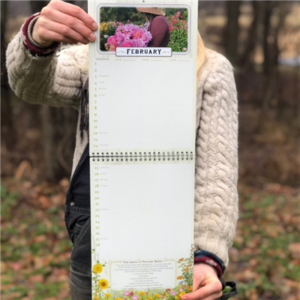
Lovers of seeds, gardens & abundance! It’s true, more people are sowing seeds this year than ever before, but resist the temptation to give into the scarcity mindset that is the hallmark of capitalism. There are plenty of seeds for us all and as large companies get overrun with orders, remember there are dozens of small-scale, farm-based seed companies sharing some of the highest quality seed on the planet. Our blog has an ever-growing list of them! And what if we weren’t growing gardens for production, calories to feed ourselves, but for a community, a sense of belonging? Gardens grow us more than we grow them and the delicious joy of gratitude, generosity & abundance can begin now, before we even sow a single seed.
In addition to the many varieties of seeds, the Fruition Seeds website offers how-to videos, ways to engage with them, and even a very cool “perpetual garden calendar.” welcome the opportunity to talk to representatives from both seed companies today.
2 Million Blossoms
2 Million Blossoms is not the number of blooms that will result from all of the seeds bought in 2021. Actually, that number will be much higher. Rather, it is the name of a brand new quarterly magazine dedicated to pollinators. Founder and editor Kirsten S. Traynor, PhD explains what she hopes to accomplish with her publication.
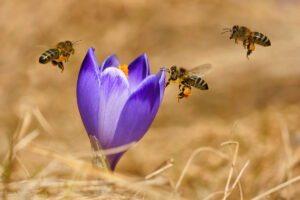
To awaken readers to the vast diversity of pollinating insects and animals. To delight, entertain and name those well-adapted creatures buzzing through our world, because the more we know about pollinators, the better we can provide habitat. Our quarterly magazine will offer short and long form articles exploring how bees, birds, butterflies and bats enhance our planet.
It is, to be sure, a stunning magazine, with top notch writing, lovely photos (even when they’re acquired from Wikimedia Commons), elegant layout, and just a touch of cheekiness. This is a magazine that would grace any coffee table. Had I known about it before the holidays, I would have urged you to present it as gifts to your gardening–and even non-gardening–friends. Which leads us to an important question.
How does she do it?
I mean, how does Traynor put together something that solid with what she says was a $21,000 KickStarter campaign? I guess that’s one of the questions we ask her today. Here’s what she says in the Autumn 2020 issue.
Although we look slick, we’re a scrappy little publication that pours all of our funding into our writers, photographers, cartoonists, an the quality of our print production. A magazine is only ever as good as its writers. Quality writing costs time and energy. We thank our contributors for being part of this pollinator publication. One subscriber recently wrote to tell me, “These magazines are so well one, I will be saving them for my grandchildren.” So officially, we’re an heirloom!
As you can imagine, a magazine about pollinators features stories like these.
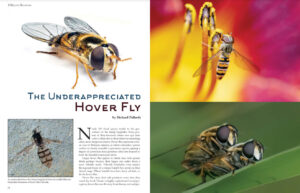 Gardening for Pollinators: A Family Affair
Gardening for Pollinators: A Family Affair
How to involve the entire family.
“Architect” Bees
The incredible homes built by carpenter bees.
A Moonlit Garden
How to attract nighttime pollinators to your garden.
A Winged Cloud of Billions
British scientists study the massive swarms of hover flies.
But you might also find articles that surprise you.
“I’m Gonna Let the Bumble Bee Be”
Comic American bumble bee songs, 1901-1925.
An Unexpected Ally to Plant Life
How the coyote helps plant bioiversity thrive.
May Berenbaum: The Insect Queen
From X-files to bad horror movies, learn about the diverse life of this renowned entomologist.
Of course, I mention that last story because Dr. Berenbaum has been on this show several times…though I didn’t know about the horror movies.
You can become one of the early subscribers to the print version of this “heirloom” magazine by clicking here. It’s only $35/year. Or sign up for the Bimonthly FreeBee Newsletter packed with Pollinator News.
Regardless, Kirsten Traynor joins us today.


